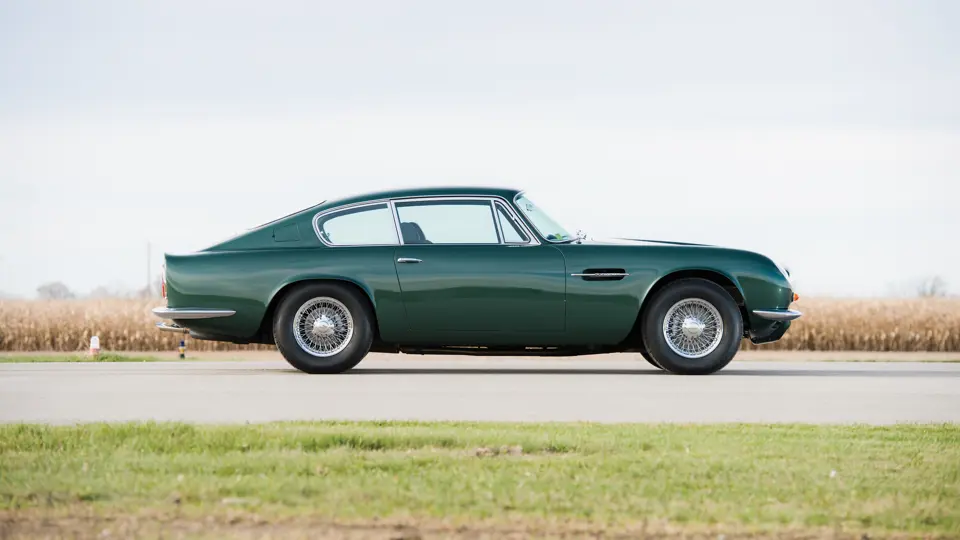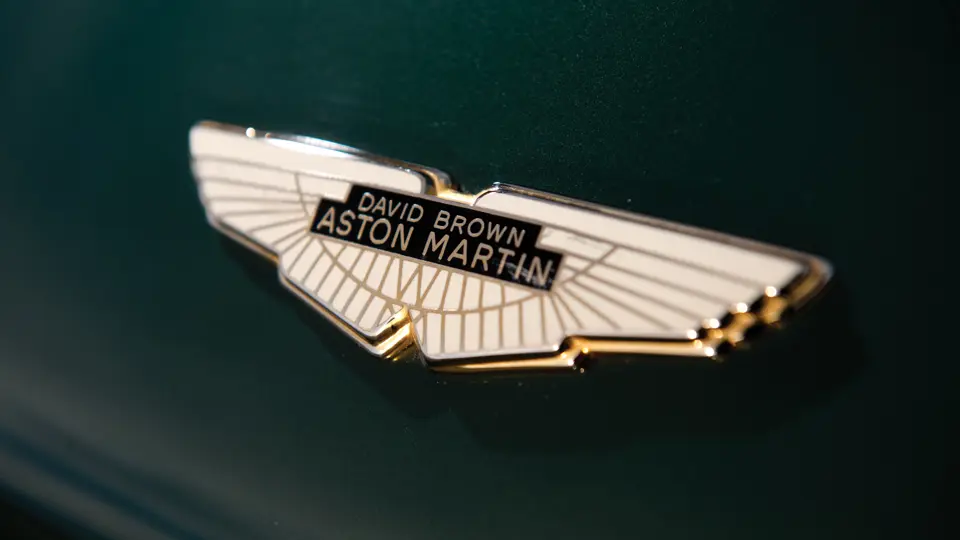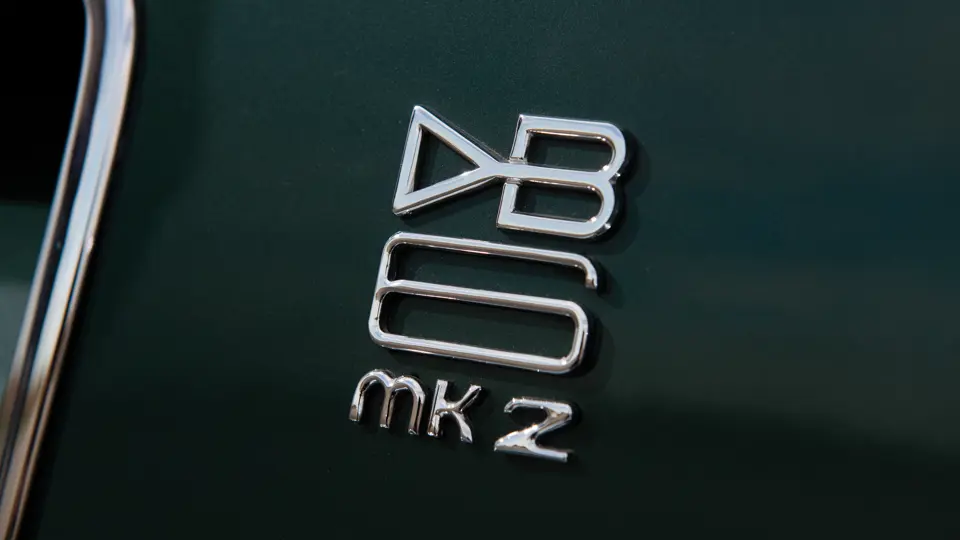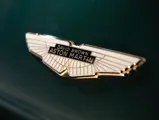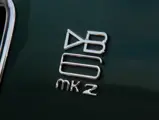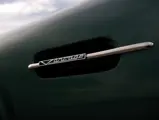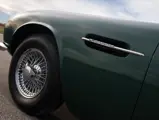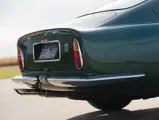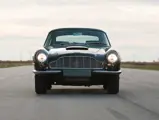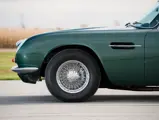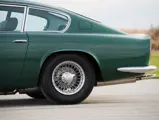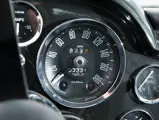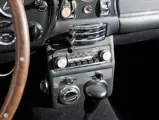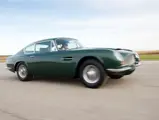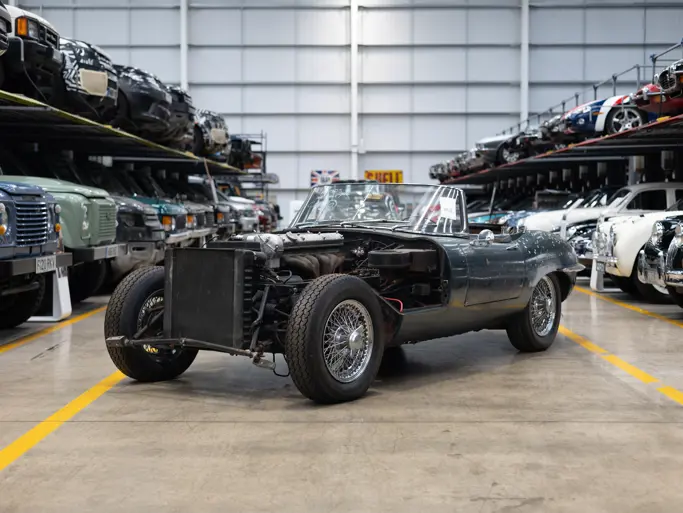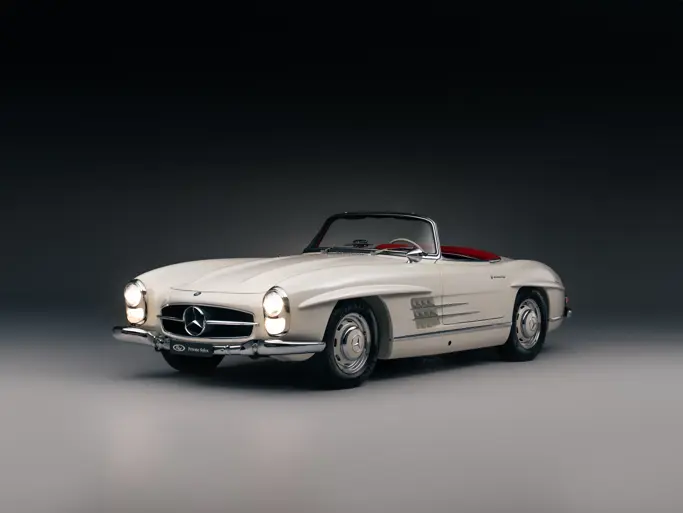
1970 Aston Martin DB6 Mk 2 Vantage
{{lr.item.text}}
$506,000 USD | Sold
{{bidding.lot.reserveStatusFormatted}}
- The final iteration of Aston Martin’s beloved DB6
- One of 71 original Vantage-specification DB6s constructed
- Beautifully restored by Aston Martin specialists in the UK and Canada
- Matching-numbers example
325 bhp, 4,200 cc double-overhead cam inline six-cylinder with triple Weber carburetors, ZF five-speed manual transmission, front suspension with upper and lower A-arms, coil springs, and anti-roll bar, rear suspension with live axle, Watts linkage, radius rods, coil springs, and Girling front and rear disc brakes. Wheelbase: 101.7 in
Arriving in late 1965, just two years after the introduction of the DB5, the DB6 was undeniably more practical and offered more comfort than its predecessor, but it still maintained the performance that the DB5 was known for. Aston Martin stretched the DB5 chassis by 3.75 inches and relocated the rear axle in order to create space for two rear seats. Miraculously, considering the added length to the chassis and the two additional seats, the DB6 is only 18 pounds heavier than the DB5, allowing it to be just as remarkable to drive as the DB5, while also making the Aston Martin experience accessible to two additional passengers.
While the DB6 greatly resembled its predecessor from the front, changes were apparent when moving rearwards on the car, starting with a higher and more vertical windshield and a slightly raised roofline, which allowed for increased headroom on the interior. At the same time, designers also wanted to take aerodynamic stability into consideration, to ensure that the slightly larger dimensions of the DB6 did not harm its performance. The DB5’s tapered tail gave way to a more modern Kamm-style one, which provided additional downforce at the rear while also helping to improve top speed over the DB5. The DB6 incorporated other small differences as well, with the most notably being redesigned seats, which are considered to be more supportive. The mission was clear, according to the company’s chairman, David Brown, who said, “In an Aston Martin one should not only be able to move fast and safely, one should also feel comfortable and have a lot of room, even in the back.”
The second iteration of the DB6, referred to as the Mk 2 was introduced in July 1969. This model is most easily identified by its slightly flared wheel arches, which better house the slightly larger wheels and tires that were fitted to the Mk 2 A fuel-injection system that was engineered by AE Brico was also offered as an option for the first time on the DB6 Mk 2 Production ended in November 1970, and by that time, only 1,321 DB6s of all iterations had been produced.
This DB6 Mk 2 was sold new in 1970, in its home market of the United Kingdom. There, it was converted to left-hand drive and installed with air conditioning by Post Vintage Engineers Limited, in Otley, West Yorkshire, United Kingdom, just before it was imported to Canada, under the custody of its current owner in 2005. Shortly after arriving in Canada, the car was sent to Howe Motor Works, in Burlington, Ontario, where it was stripped to bare aluminum to be fully restored and repainted in its original color of Moss Green and all of its chrome was either re-plated or replaced to a show-level finish. The interior was completely refinished by Diamond Trim, in Aurora, Ontario, and it is in absolutely beautiful condition. Just this year, the motor in this DB6 was meticulously rebuilt to 4.2-liter capacity, and it drives brilliantly. Howe Motor Works was tasked with rebuilding the engine, and it has only accumulated test miles since. At the same time, all new brakes with stainless steel pistons were installed, and the original calipers were rebuilt, which only increases the performance of this DB6.
The results proved to be remarkable, and there is no doubt that this car would prove to be a fantastic grand touring machine. Documentation accompanying the car includes the original registration book and owner’s manual; British V5 registration documentation; MOT test certificates from 1980 to 2006; service invoices from 1981 onwards, including all the restoration invoices for its most recent work; and its factory build sheet. Additionally, the original right-hand drive dashboard is included in the sale.
This is a wonderful example of the most potent variety of Sir David Brown’s hand-built “Gentleman’s Express” grand touring automobiles. This matching-numbers DB6 Mk 2 has been beautifully restored, and it is certainly ready to have its legs stretched on a grand tour with its new owner, just as David Brown would have intended. This DB6 would undoubtedly be a splendid example to show or drive, especially when considering its four seats, and it would be a fantastic way for a family of four to enjoy one of Aston Martin’s finest hand-built creations.




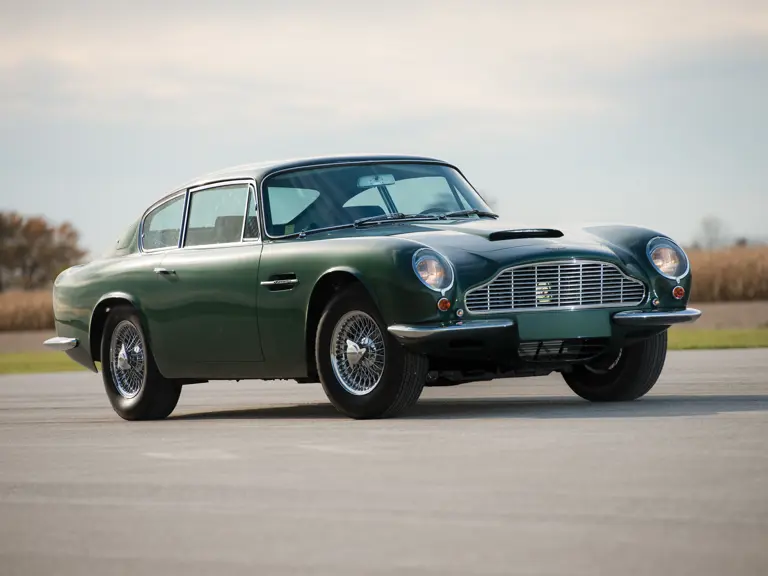
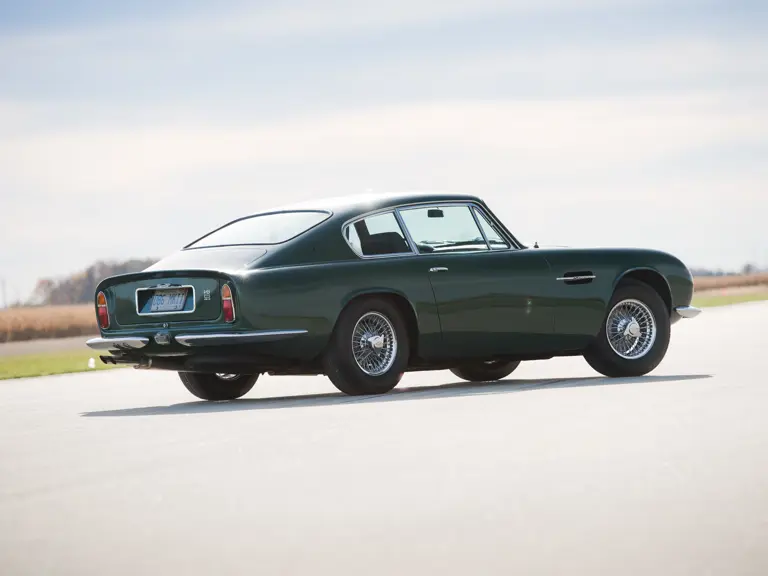

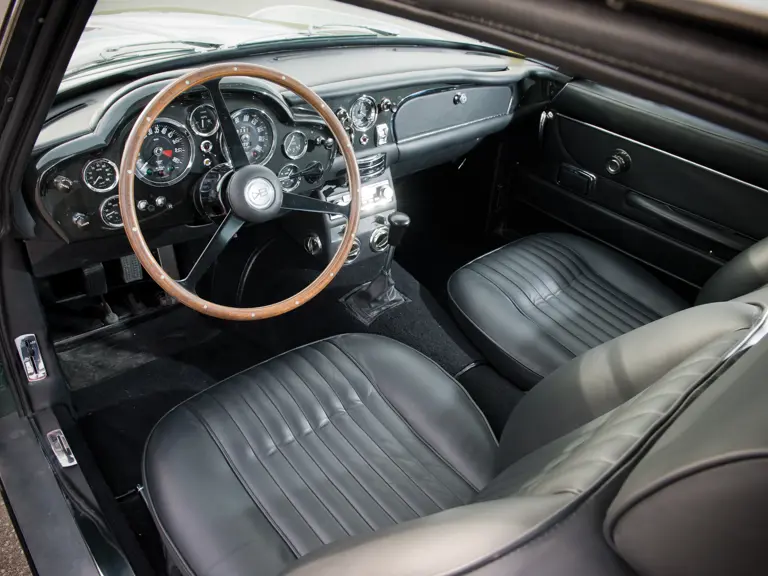
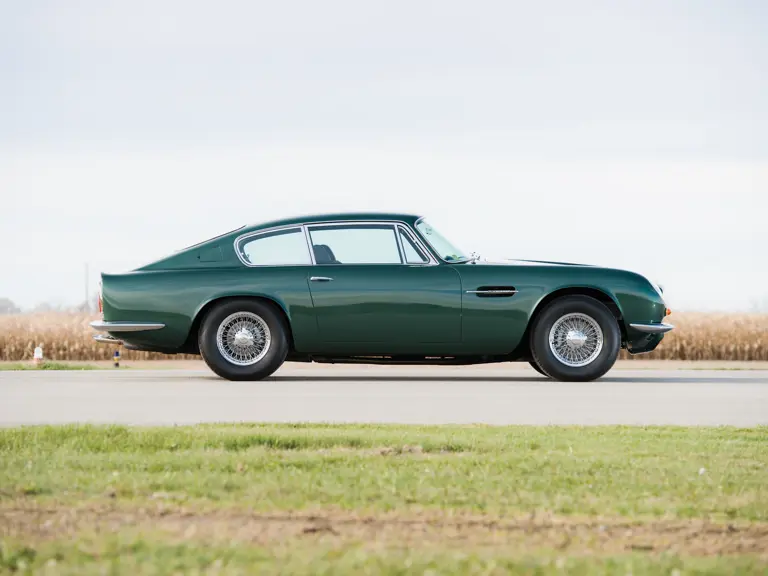
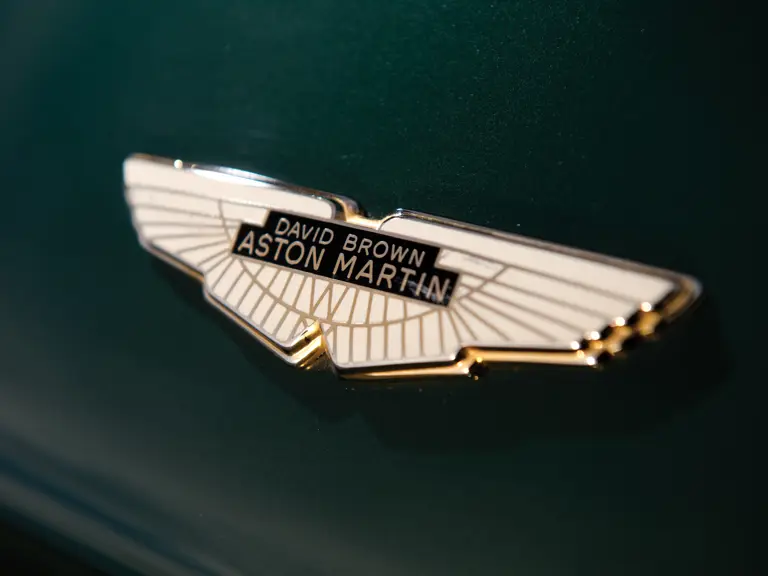

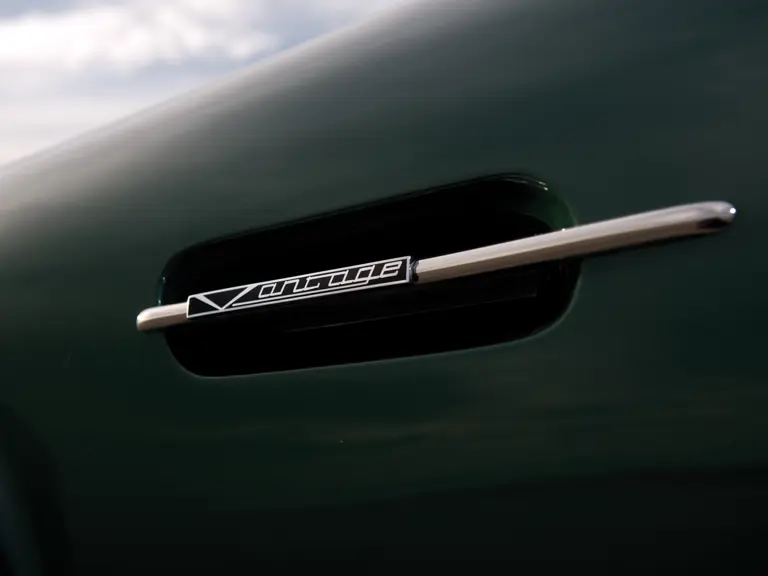


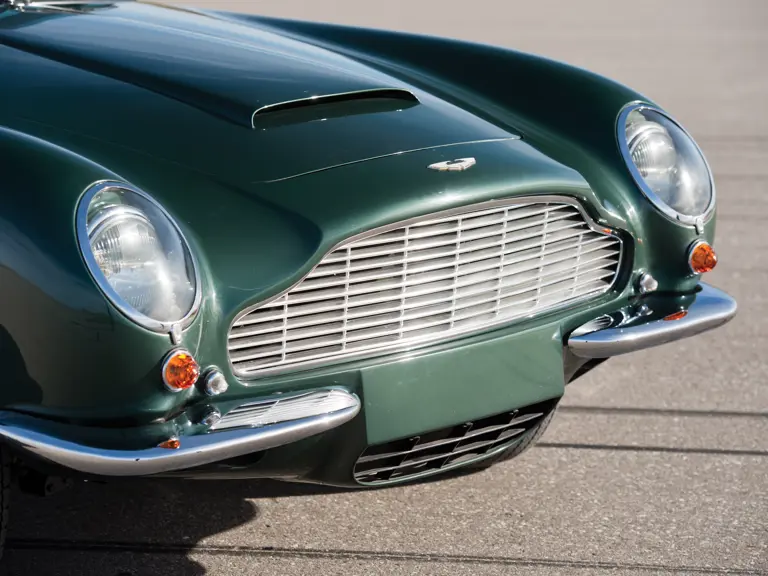
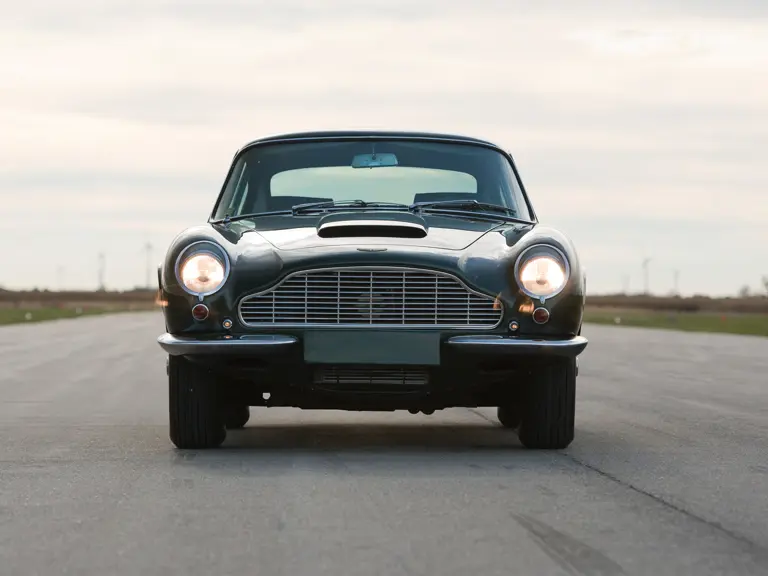
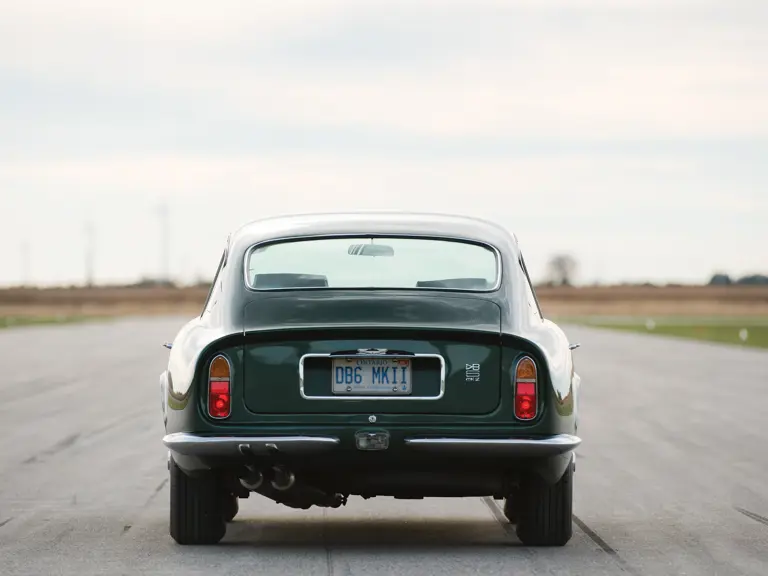
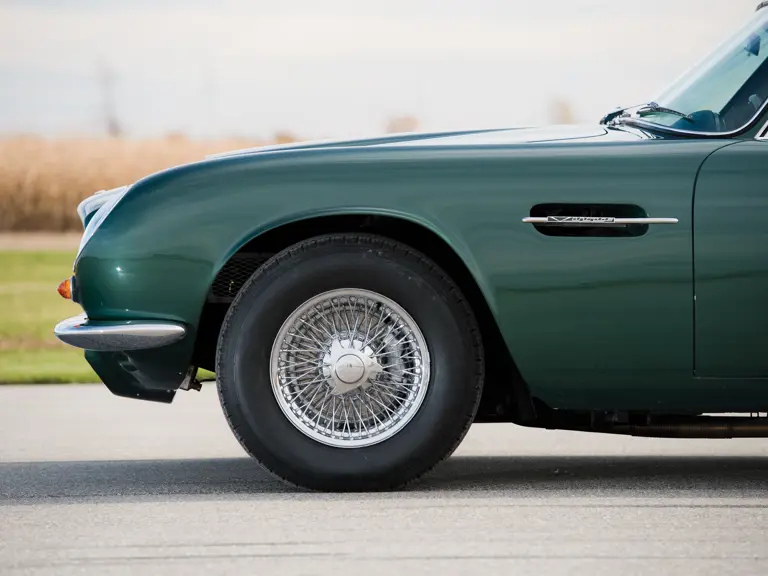
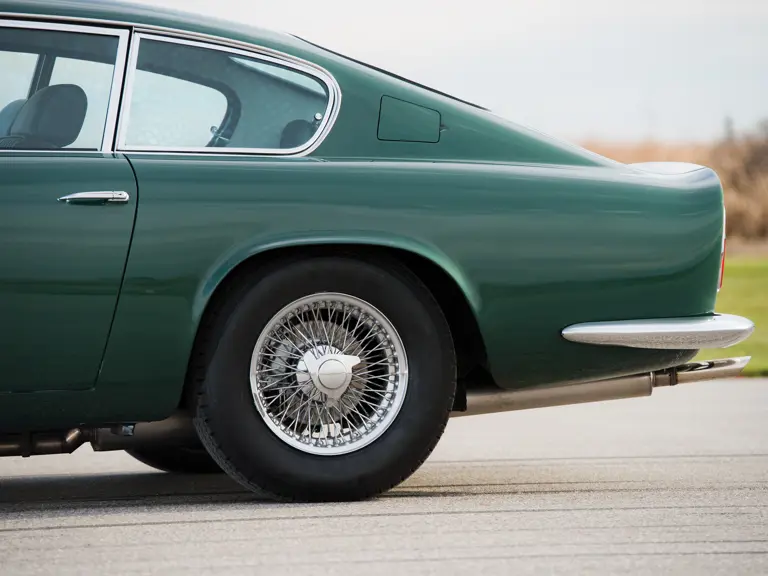
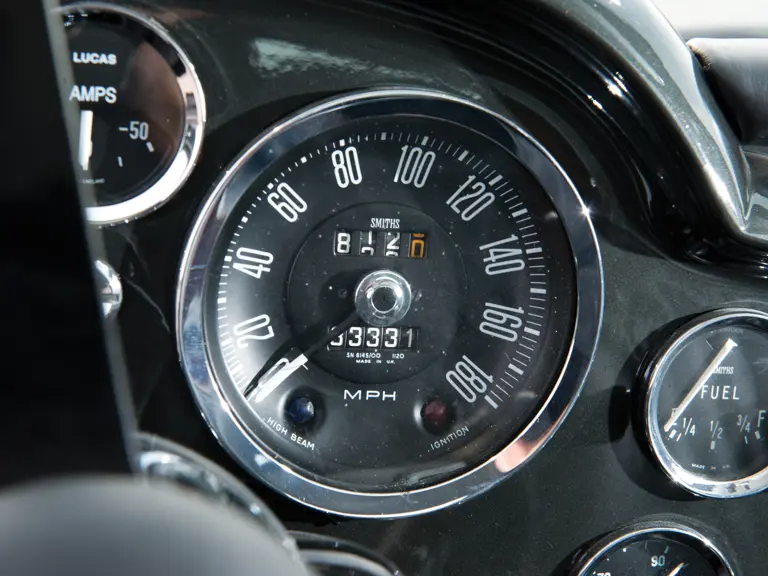

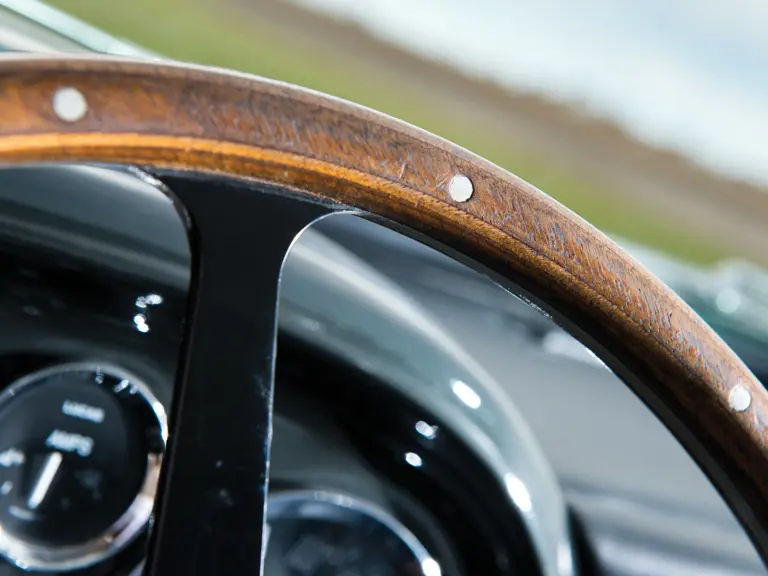
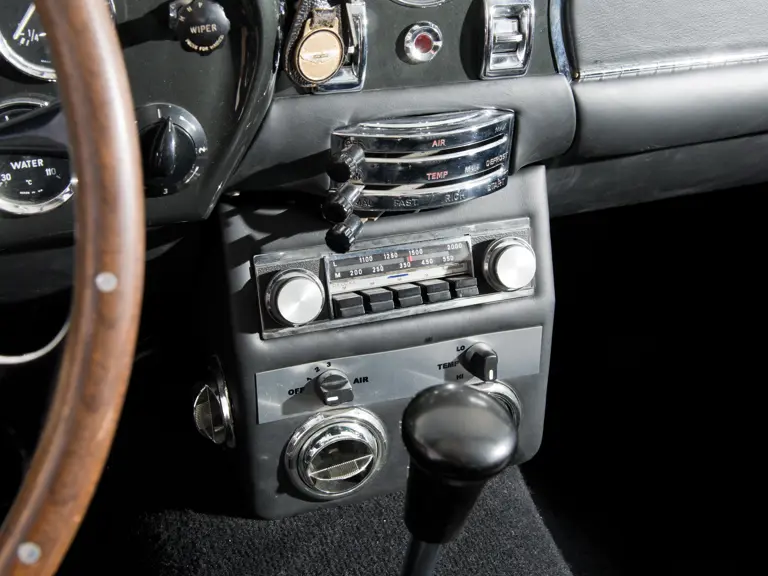
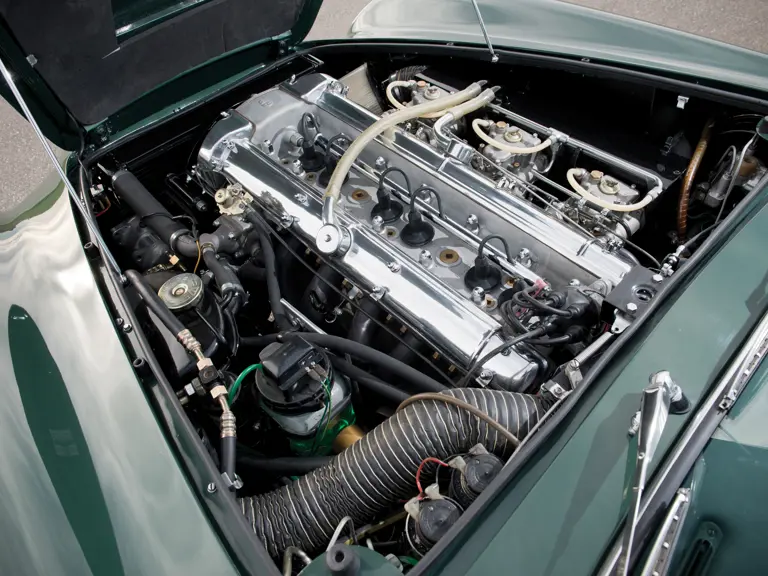
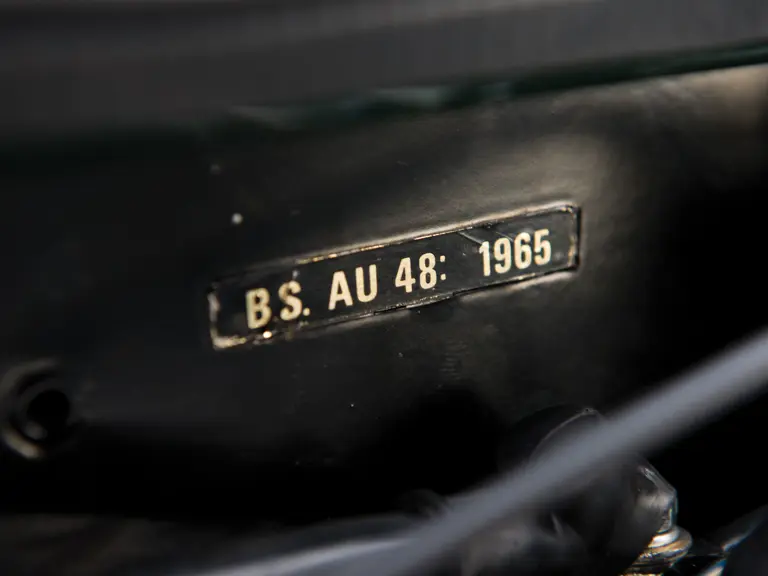

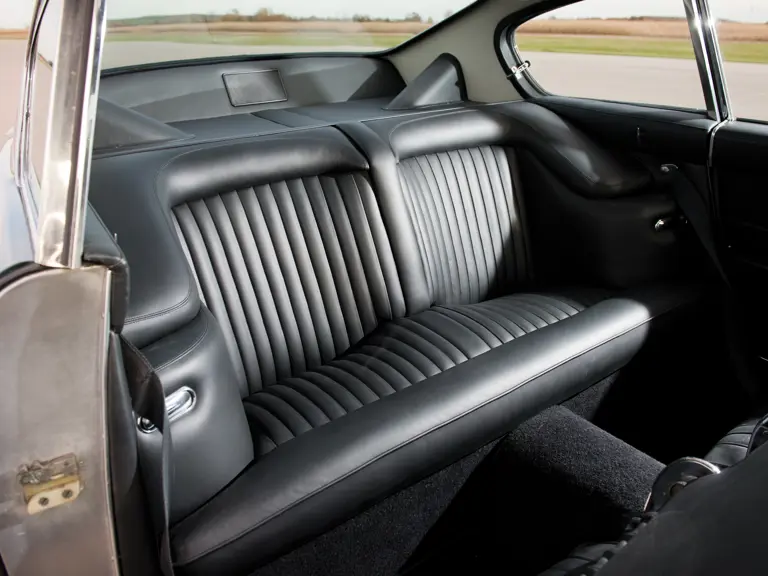
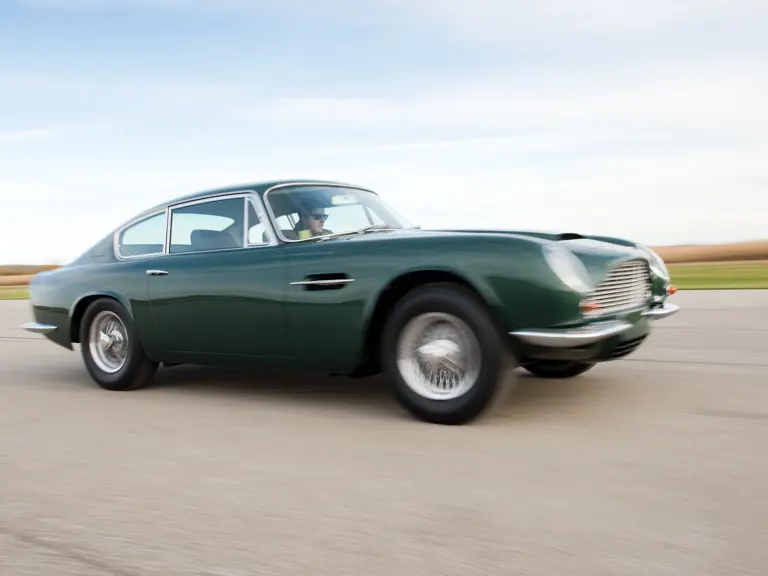

 | Phoenix, Arizona
| Phoenix, Arizona
